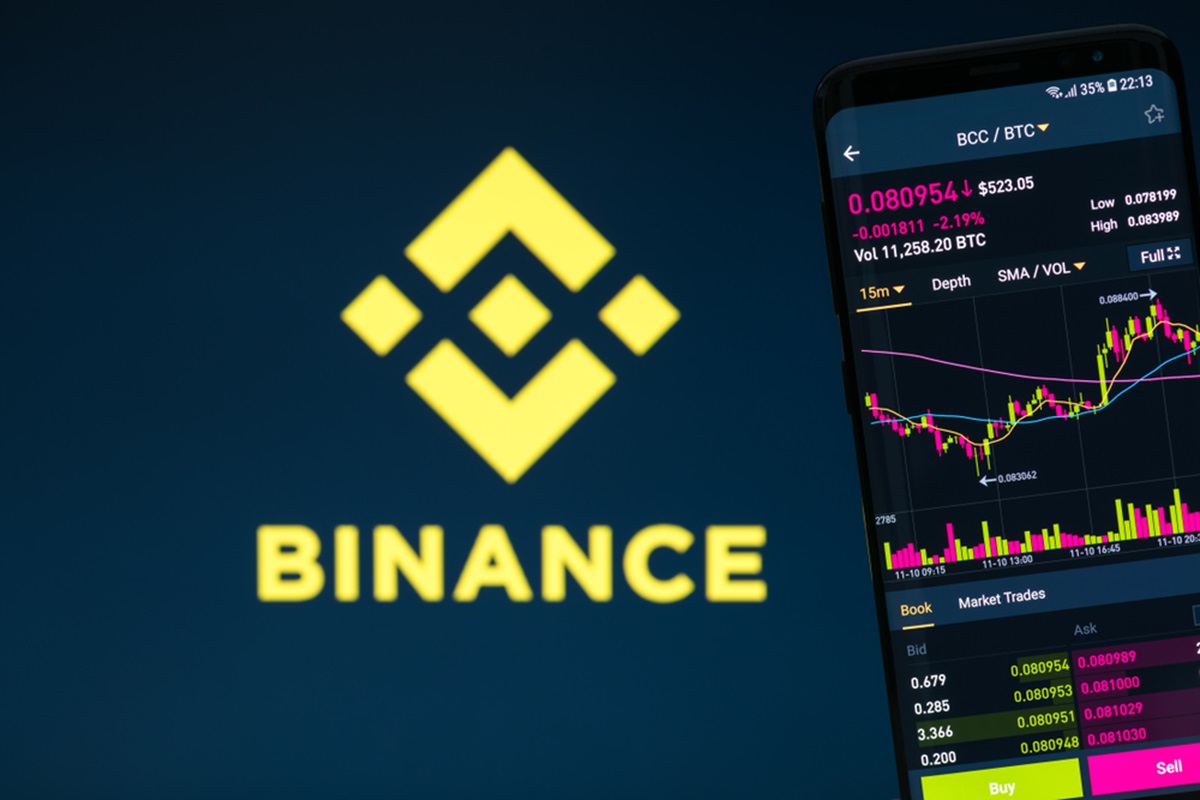
Ethereum continues to lead in terms of stablecoins and tokenization, with its stablecoin supply reaching a whopping $130 billion and tokenized treasuries such as BUIDL surpassing $1.8 billion in assets. However, despite this liquidity surge, activity on Ethereum has declined compared to previous years. In fact, ether’s performance weakened further in Q1, as the ETH/BTC ratio sank to a five-year low. According to Coin Metrics’ latest report , this disconnect between Ethereum’s network, its Layer 2 expansion, and ETH’s market value appears to be influenced by multiple factors, particularly its approach to scaling via Layer 2 solutions and the current absence of significant value accrual to ETH through network fees. Ethereum Faces Value Leakage The introduction of blobspace with EIP-4844 in the Dencun upgrade significantly altered Ethereum’s network economics. In March 2024, the blockchain generated nearly $30 million in fees, but one year later, that figure plummeted to around $500,000. Coin Metrics stated that this sharp decline stems from execution shifting to Layer 2s, with minimal value returning to the main chain. Base, Arbitrum, and Optimism have collectively paid just $13 million in blob fees while enjoying over 90% profit margins from sequencer revenue. This, in turn, has sparked concerns about value leakage, as Ethereum shoulders security costs while Layer 2s capture most of the economic benefit. Additionally, blob fees make up just 0.07% of total fees, which has led to lower ETH burn. Over the past week, Ethereum has burned roughly 70 ETH per day. This has caused net issuance to rise, thereby pushing the annual inflation rate up to 0.79%. While this is currently putting downward pressure on ETH’s price, the network’s longer-term scaling efforts through Layer 2s may require more time to yield significant results. What’s Next for Ethereum? As blobspace becomes more commoditized and Layer 2 business models become increasingly profitable, the number of Layer 2s and blob transactions is expected to rise. With nearly 21,000 blobs posted daily, Ethereum is consistently reaching its target of 3 blobs per block. With the Pectra upgrade, and Fusaka soon after, Ethereum aims to gradually expand blob capacity through EIP-7691, which would lower transaction costs and encourage more Layer 2 activity. This is expected to increase aggregate blob fees. As a result, Ethereum plans to scale its Layer 1 by increasing gas limits and focusing on high-value sectors like stablecoins, tokenization, and DeFi, creating a potential pathway for long-term value growth in ETH. As Pectra brings improvements, the focus may shift to Ethereum’s staking ecosystem, with issuers eyeing the launch of staked Ether ETFs in the next quarter. The post Ethereum’s Disconnect: Layer 2s Thrive While ETH Struggles to Keep Pace appeared first on CryptoPotato .
Crypto Potato
You can visit the page to read the article.
Source: Crypto Potato
Disclaimer: The opinion expressed here is not investment advice – it is provided for informational purposes only. It does not necessarily reflect the opinion of BitMaden. Every investment and all trading involves risk, so you should always perform your own research prior to making decisions. We do not recommend investing money you cannot afford to lose.
Binance Wallet’s StakeStone TGE Completes Investment Phase with 369,445 BNB Raised, Oversubscribed 218.2 Times

In a significant update on the crypto landscape, COINOTAG News reported on April 3rd that the Binance Wallet has successfully concluded the investment phase for its latest token generation event Crypto Potato

Justin Sun Offers $50 Million Reward to Recover $456 Million in Funds Linked to TRON
In a recent livestream on April 3rd, crypto entrepreneur Justin Sun unveiled a substantial initiative aimed at recovering lost assets within the cryptocurrency sphere. Sun announced that he will extend Crypto Potato











